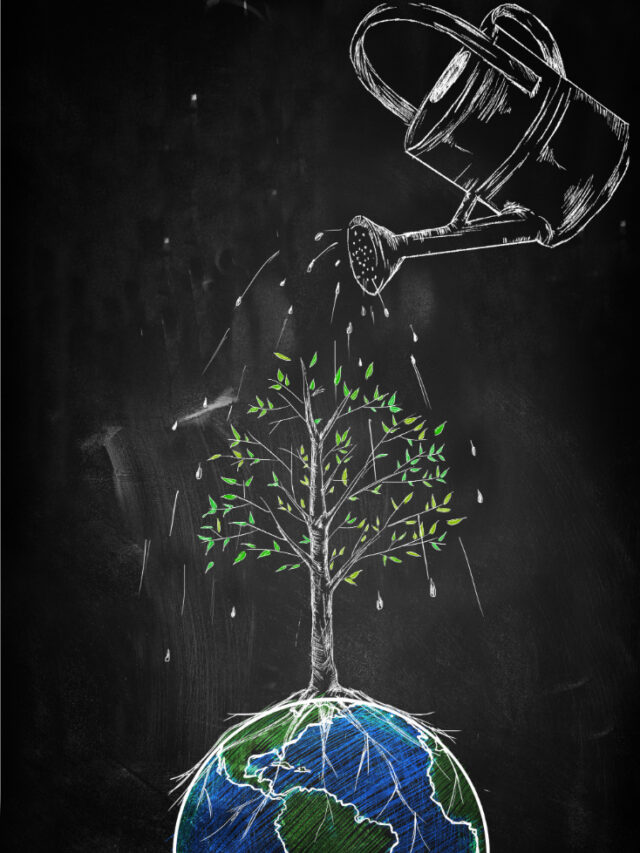Millions of women around the world are throwing out their tired routines and working in their old desks for something altogether more exciting. Don’t get us wrong, a tropical vacation would be awesome, but this is even better!
It’s a revolution in the workforce! We’re talking a staggering 40 to 160 million women projected to shift gears and tackle higher-skilled roles by 2030. This isn’t just about individual career pivots; it’s a global economic power move waiting to happen. Studies show that empowering these women in these new roles could unlock trillions of dollars for the world’s economy.
That’s right, trillions! Buckle up, because women are about to reshape the future of work, and we’re here to explore how we can fuel their success.
The Underrepresentation Gap: Why Women Are Missing
Despite strides in education, a significant gender gap exists in labour force participation. Currently, only 50% of working-age women are actively contributing, compared to 70% for men.
- Unpaid Care Burden: Women disproportionately shoulder household and family responsibilities. This unpaid care work, while vital, acts as a barrier to full labour force participation.
- Informal Sector Dominance: Women are steadily represented in the informal economy, characterized by lower pay, limited social protection, and reduced opportunities for advancement. This hinders their ability to contribute to economic growth and development.
Facts and Figures: The Clear-Cut Reality
The consequences of underrepresentation are stark:
- Global Unemployment Skew: In 2022, only 27.4% of young women globally were employed compared to 40.3% of young men. This translates to a significant loss of talent and potential.
- Persistent Pay Gap: The pay gap between genders remains a persistent issue. While legislation advocating for equal pay for equal work exists in 98 countries, only 35 have implemented transparency measures to enforce it.
Not-So-Equal Opportunity: Challenges Women Face in the Workforce
The future of work sounds great, but right now, things aren’t as equal as they should be for women. In 2022, way fewer young women (only 27.4%) had jobs compared to young men (a whopping 40.3%). And even when they do work, women often get paid less than men for the same job.
But wait, there’s a catch. Almost 100 countries have laws saying men and women should get paid the same for the same work. The problem? Only a handful of these countries have systems in place to make sure this happens!
So, even though the future has potential, there’s still a long way to go to make sure women have a fair shot at these new “green” and “blue” jobs. Let’s figure out how to bridge the gap and get more women involved in building a better future for everyone!
The Power of Parity: Why We Need Women in the Workforce
Including women in the workforce is not just about fairness; it’s about economic prosperity. Studies suggest that closing the gender gap could boost the global economy by a staggering $7 trillion. Here’s why:
- Diversity of Thought: Women bring unique perspectives and skill sets to the table, leading to more creative solutions and innovation.
- Enhanced Productivity: Companies with strong gender diversity in leadership positions tend to outperform their less diverse counterparts.
- Sustainable Development: Women’s economic empowerment has a ripple effect, leading to increased investment in education and healthcare, ultimately fostering stronger economies and societies.
What Can We Do? Breaking the gap with a healthy work culture
Here’s where we, as a society, can step in:
- Promote Gender-Responsive Policies: Policies that address needs, parental leave, and flexible work arrangements for both genders can significantly increase female labourlabor force participation. As the domestic responsibility is shared equally that avails work-life balance and leads a healthy work life for women.
- Smash Stereotypes and Bias: Dismantling discriminatory laws, social norms, and harmful practices that limit women’s economic potential is crucial.
- Invest in Education and Skills Development: Equipping women with relevant skills and education empowers them to compete in the job market and secure higher-paying positions.
- Recognize Unpaid Care Work: Placing a monetary value on unpaid care work, such as childcare and eldercare, highlights its economic contribution and fosters a more equitable distribution of household responsibilities.
Why Women's Participation Matters: A Recipe for Progress
- Economic Powerhouse: Studies show that closing the gender gap in the workforce could inject trillions of dollars into the global economy. That’s a massive boost that benefits everyone!
- Diversity of Thought: Women bring unique perspectives and approaches to the table. This leads to more creative solutions, better decision-making, and a stronger overall workforce.
- Innovation Spark: Companies with strong female leadership tend to be more innovative and successful. When women have a seat at the table, groundbreaking ideas flourish.
- Sustainable Development: When women have economic power, they invest back into their families and communities. This leads to better healthcare, education, and overall well-being for everyone.
- Fairness and Equality: Quite simply, it’s the right thing to do. Everyone, regardless of gender, deserves the opportunity to contribute and succeed in the workforce.
Think Beyond the Numbers
It’s not just about the numbers – it’s about the impact. When women participate fully in the workforce, they:
- Become role models: Inspiring younger generations of girls to pursue their dreams, no matter the field.
- Break down stereotypes: Shattering outdated ideas about what women are “capable” of achieving.
- Build a stronger future: By fostering a work environment where everyone can thrive, we pave the way for a more prosperous and equitable world for all.
A Brighter Future with Women at the Forefront
By addressing the challenges and taking concrete steps towards gender equality, we can unlock the immense potential women hold. Empowering women economically is not just a moral imperative, it’s a strategic investment in a more inclusive, sustainable, and prosperous future for all.
Let’s work together to bridge the gap and create a world where women can fully contribute their talents and leadership to the workforce by 2030 and beyond.








